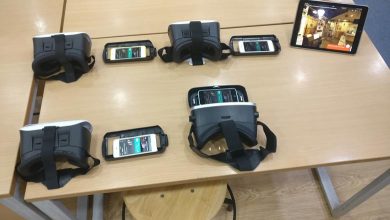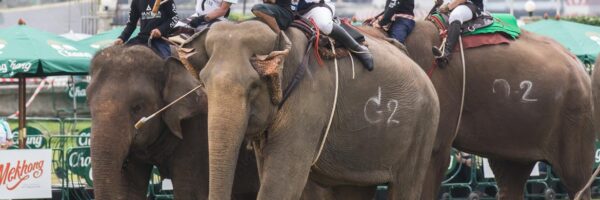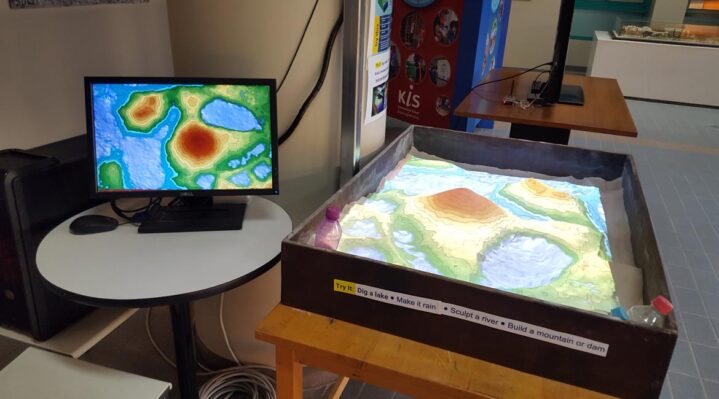
LEARNING THROUGH AUGMENTED AND VIRTUAL REALITY
It is not unusual to see technology being used in the classroom, but augmented reality and virtual reality are game changers, bringing in-depth, awe-inspiring experiences into the classroom. Augmented reality (AR, adding layers of information onto the real world) and virtual reality (VR, creating a whole new world that is hard to distinguish from the real world) can give students access to experiences that would otherwise be beyond their reach.
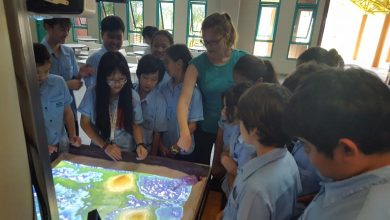
In Grade 1 at KIS International School in Bangkok, for example, the students were inquiring into the systems of the human body. They were given an augmented reality t-shirt to wear and, using iPads, they were able to see inside the human body from a 3D perspective. Students moved the iPad around to see the different internal organs in action and zoom in to the level of blood cells travelling through the veins, providing insight into the circulatory system. This makes the unit of inquiry come alive for the students, providing them with an exciting visual experience which helps them understand the body’s inner workings.
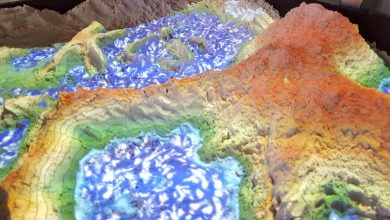
They are not just learning about it, they are immersed in the experience. Another of KIS’s cool AR tools is the AR Sandbox. Following the lead of UC Davis, KIS introduced a new interactive way to learn about earth science concepts and topography through an augmented reality sandbox. The sandbox is real. Students can shape the sand to create mountains, dams, rivers and lakes. With help from a 3D camera, which measures the distance to the sand below, the topographic lines, elevation colours and water are created and projected onto the sand in real time. Students can also make it rain, changing the topography, by holding their hand above the sand. KIS designed and added a unique feature specifically for younger learners. Two physical buttons, connected and coded using Makey Makey, were incorporated with the sandbox to create a flood or a drought.
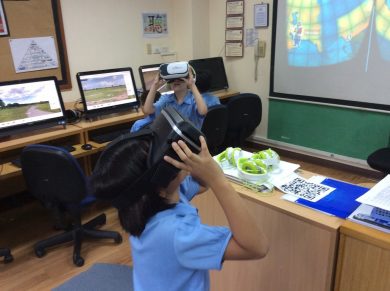
This hands-on experience is part of the KIS Maker Space in support of the learning of the STEAM (Science, Technology, Engineering, Art and Math) subjects, including geography, topography, landforms, geology and hydrology. This also helps the students to better understand real world issues such as flooding created by climate change. Students at KIS also use virtual reality technology. Using Google Expedition with a viewer, students can explore various themes and take virtual field trips.

The kindergarten students, for example, went into the world of photosynthesis, delving deep into plants to see the processes inside. Children take an active role, rather than just sitting back as they would do for a video. Grade 5 students donned the VR glasses to visit a museum in the United States, walking around the exhibits and viewing them up close to learn more about historical perceptions. These are just a few examples of how AR and VR can play key roles in learning. The technology motivates the students and enhances the lessons, while allowing for experiences that are impossible or difficult to arrange in the real world.
